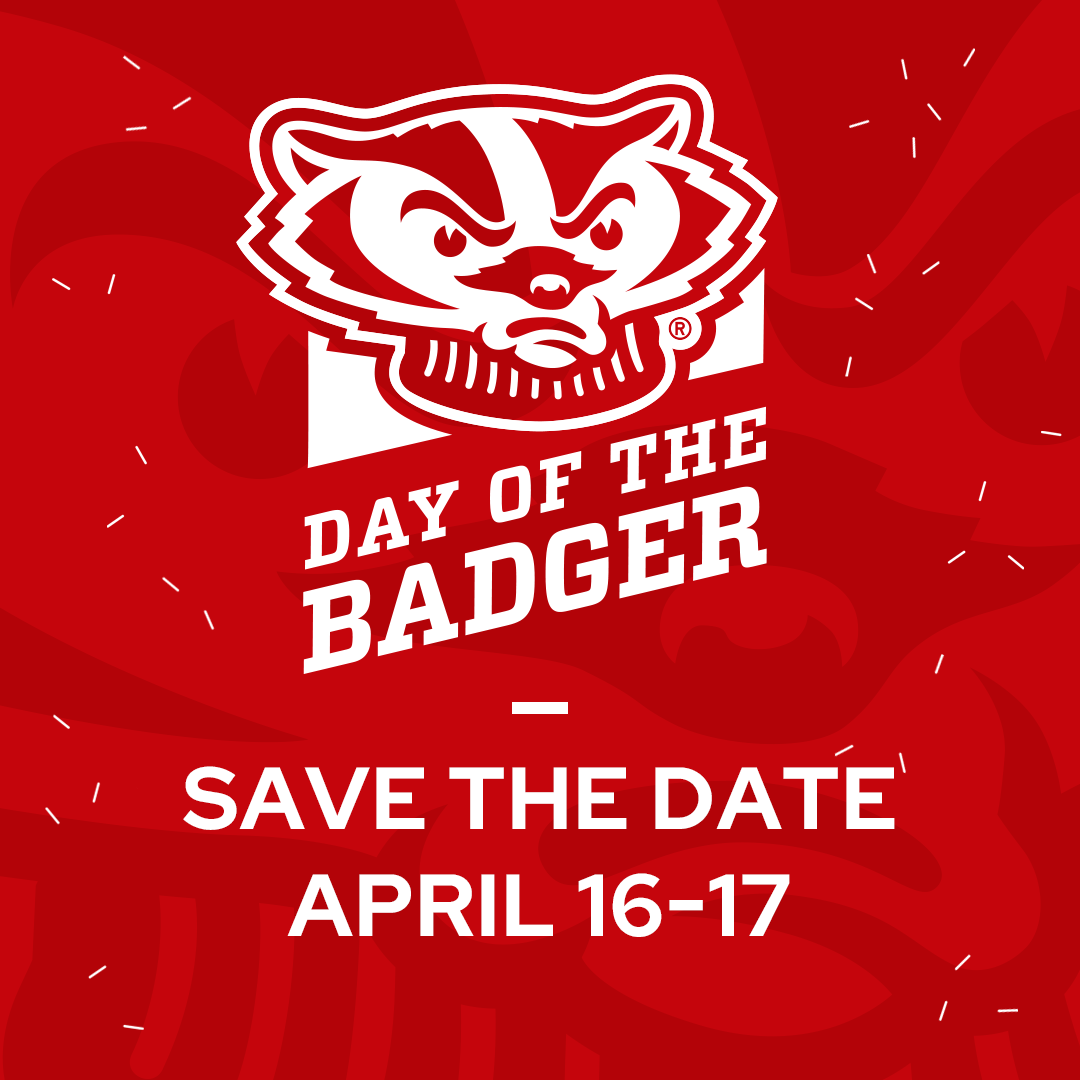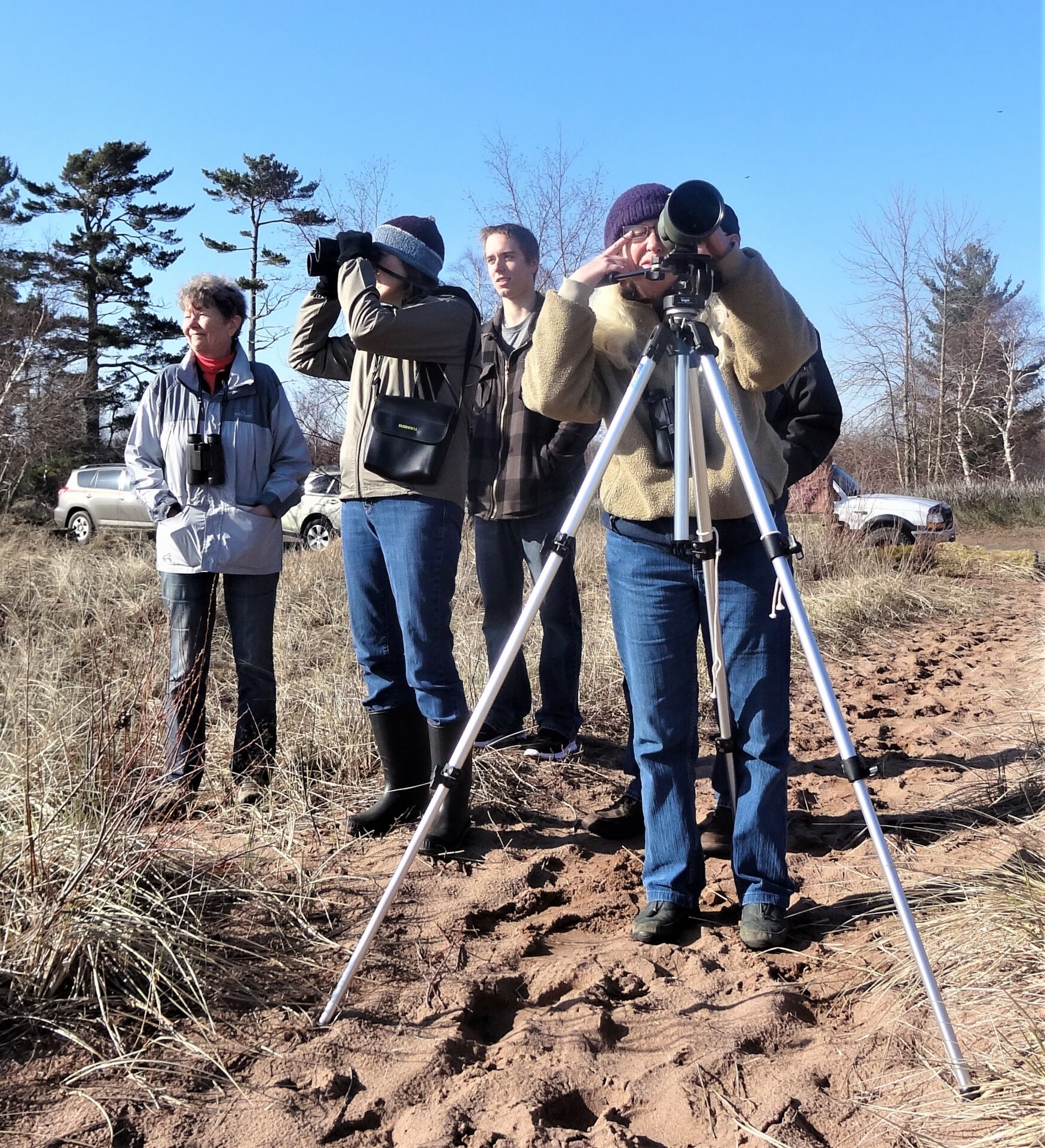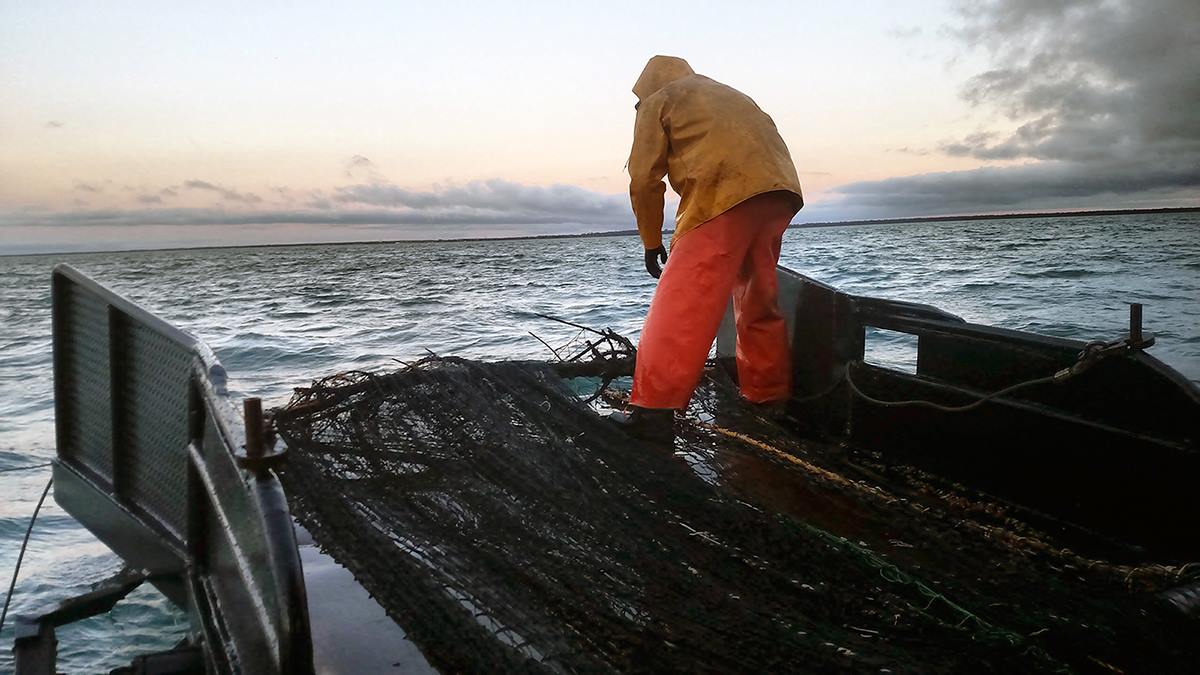Although ice remains on many Wisconsin lakes, today is the start of another season of fishing tournaments for Sea Grant staff across the Great Lakes. No, they’re not competing; they’re working to ensure that aquatic invasive species (AIS) aren’t spread by tournament activities.
“Fishing tournaments are known for their excitement and payouts as large as a half-million dollars,” said Phil Moy, Wisconsin Sea Grant’s advisory services manager and lead on the project. “Events can host up to 300 boats, which unfortunately can pose a risk for spreading unwanted plants and animals.”
Today’s tournament in ice-free Spring Valley, Ill., is hosted by The Walleye Federation. Organizers are expecting record participation. Moy will be at the tournament as part of a regional project designed to identify how tournaments spread AIS and to discover the best ways to educate anglers about prevention.
The project spans four years (2010-2014) and is in its final stages. Funding started through the National Sea Grant Office and then continued through the Great Lakes Restoration Initiative. Partners include the Great Lakes Sea Grant Network, Wildlife Forever, the Bass Federation, the National Professional Anglers Association, Cabela’s Master Walleye Circuit and The Walleye Federation.
By talking to tournament organizers and surveying participants, project members have discovered that the vectors for AIS spread at tournaments include scales used to weigh the fish, holding tanks, hoses, measuring boards, and angler equipment.
The good news is that most anglers pay attention to the threat of invasive species. In a project survey of almost 200 tournament anglers, 90 percent said AIS are a serious to very serious threat. Many already take measures to prevent AIS spread, including draining water from their equipment, disposing of bait in the trash and inspecting their equipment for invasive plants and animals.
In another survey of Cabela’s Master Walleye Circuit champions, researchers discovered that the reasons some don’t take action is because they lack the time and motivation, they consider prevention measures inconvenient, or the anglers are unaware of the risk. They also discovered the best ways to reach anglers include word-of mouth, signs at tournament boat ramps and presentations to fishing clubs. The survey questions were developed by the Great Lakes project members with help from Wisconsin Sea Grant Social Scientist Jane Harrison.
To help reduce the chance of spreading AIS, tournament organizers used boat inspection lines that quickly checked boats prior to launch each morning, developed youth education clinics, and boat washing stations in cooperation with local scouting groups as well as adopting measures in the Stop Aquatic Hitchhikers campaign.
“This year, we really want to reach kids,” said Moy. “Angling kids, high school kids, and younger kids; the next recruit of professional anglers who are working their way up through the ranks. If we can instill in them the importance of not moving AIS around to preserve fishing, we expect we’ll have a longer-term and more meaningful impact.” Organizers plan to work with scouting groups and fishing clubs, which often provide support for tournaments.
Let the tournaments begin!





